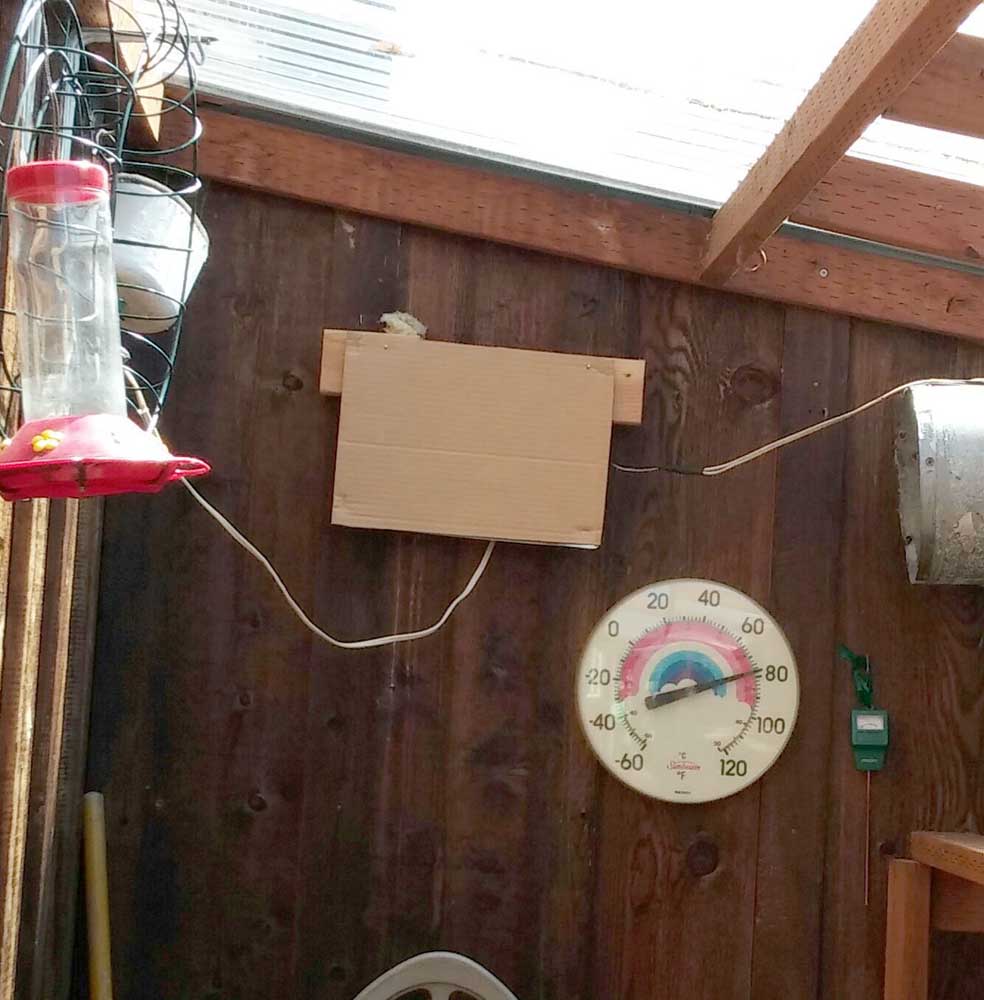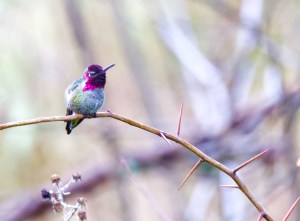Garden Mind Tis the season for summer tours of luscious coastal gardens
Published 10:18 am Tuesday, July 21, 2015

- It was a hot day at High Tide Hilton in Klipsan.
w/two or three photos that I will attach Monday morning; for now, please create standard horizontal photo boxes large enough to fill the remaining space on page B3 in combination with this story. It may require minor adjustment Monday. I am working on the road Friday and don’t have ready access to our photo file at the moment.
Trending
By Rebecca Hart
Hello gardeners and garden-maker wannabees!
A favorite resource of mine — for checking weather-related facts like local rainfall and temperature extremes — lies just inside page two of the Chinook Observer, at the bottom of the page. “Last Week’s Weather, This Week’s Tides” it’s called, and that’s where I learned we are 13 inches below normal in rainfall (Naselle about 10 inches), so far. This has a direct bearing on our efforts to grow plants, and you should plan to track rainfall patterns if you want to be successful with a garden.
Trending
If you were lucky, last weekend you took in the Peninsula Music in the Gardens 2015 tour. I talked to some garden-makers before the tour, and will share some “pre-tour” comments and general garden concerns.
Everyone who graciously agreed to primp and present their garden for the public tour should be applauded. I asked four garden-makers what special concerns they had, just before the tour.
• Ginger Bisch, at Charles Nelson B&B in Ocean Park, said watering is a concern in this dry year. She has one tree showing some distress and she’s reluctant to use sprays as corrective measure as she has many birds. Perhaps some Master Gardeners (or others) were able to help with a diagnosis, and can get the tree on a path toward healing without a negative impact on the wildlife.
• Rick and Debbie Chappele, in Klipsan, said they wanted to have the lawn green especially for the tour, and not brown and dormant, so that’s been a challenge. (He said it can go dormant afterwards.) Rick and I talked about his use of well water for the landscape (he has a sandy soil base), augmented by city water. They use a drip system for new plants, with timers; he reported no clogging of the lines, which sometimes happens with emitters, depending on your soil type. (Silty soils can remain in solution and sometimes clog, requiring extra vigilance and maintenance.)
• Kristine Lashley, in Seaview, said it’s a wonderful year for roses; normally she picks off a lot of blackspot leaves, but this year the roses are amazing. Now most of her activity is “around dead-heading and clean-up.”
• Pat Holterman, in Long Beach, reported concerns about her special challenge of ocean frontage, and wonders what will survive the wind and salt spray from the west. She always wants to try new plants but is not sure what will work out. (Trial and error method, or school of hard plant knocks!) Pat also battles slugs and snails, says, “They appear to be getting bigger by the year!” She gardens with a dog and so is extra careful with baits, has used Sluggo and recently began trying diatomaceous earth, which is a substance that interferes with the mucous trail and well-being of the one-footed mollusks. I suggested getting a few chickens, she said she’d considered it, “But you can’t have many perennials and chickens both.” She then expressed some regret that hers was a “non-slug-eating dog.” I would love to hear what tour-goers liked in the gardens, what made them wonder, and laugh, and vowed to try in their gardens.
The next Peninsula garden tour is the Edible Garden Tour, scheduled for Aug. 8. Stay tuned for more details as they emerge.
We live in the midst of an information revolution. I assume you are on-line and able to search the web. Two garden links I find useful are Seattle Tilth and the on-line Urban Farm Magazine http://www.urbanfarmonline.com/. Another link, for science-based articles on food security issues is TheSparc, at www.thesparc.net.
Seattle Tilth is an excellent regional resource; here are their recommendations for starting the fall crop garden: tinyurl.com/winter-in-summer
From their link, on how to figure when to plant seeds for fall harvest:
“Use the calendar to figure out when these crops will be ready to eat. If you want … salad at Thanksgiving, … count the days backwards from November 28. Along with the “days to maturity” listed on the seed packet, add two other numbers: a “fall factor” and a harvest period. To the 45 days stated on the packet, add 10 days to account for the fact that plant growth slows in the fall. Add another week to account for the fact that you can snip away at lettuce for a while after it’s become harvestable. That will bring you up to 62 days.
Working backward, that means you’d want to plant your Thanksgiving salad on Sept. 28, or thereabouts. Garden planning is not an exact science.”
Here’s another link that explores how small truck farmers are dealing with drought stress in this crazy year: tinyurl.com/NW-drought-impacts
Please forward any comments, questions, concerns. There are no dumb questions, only gateways to knowledge.
A special thank you goes out to Nancy Allen, the Tour Chair for MIGT, who shared a shady bench with me and told me about the organization behind the tours, and provided me with that essential contact list. Much obliged!
Remember: “Garden planning is not an exact science.” Happy gardening!






